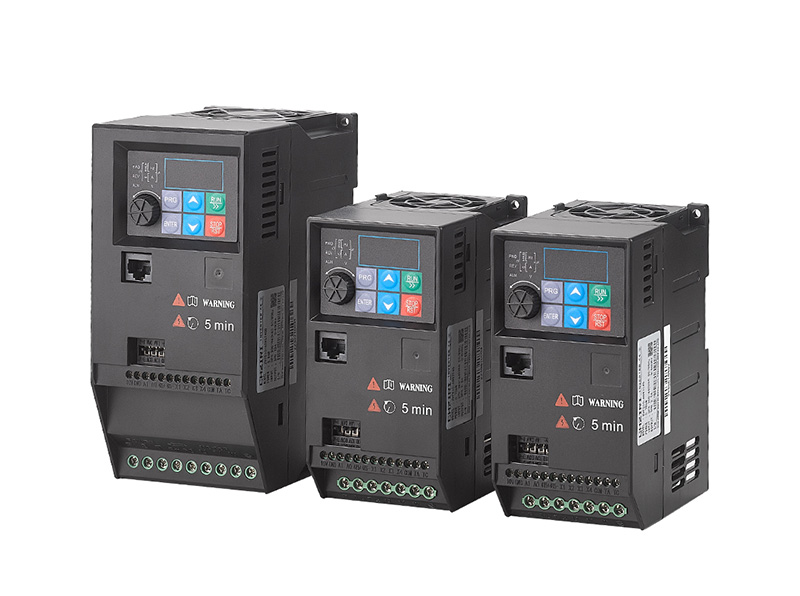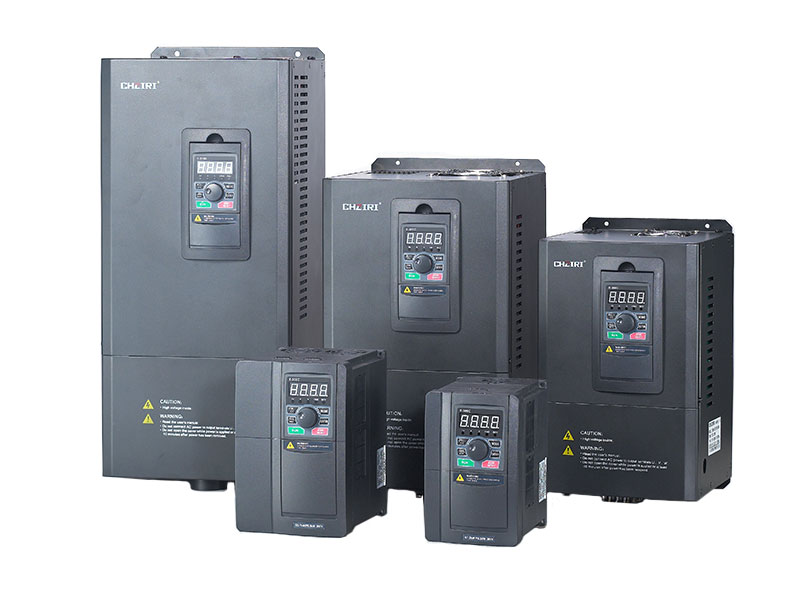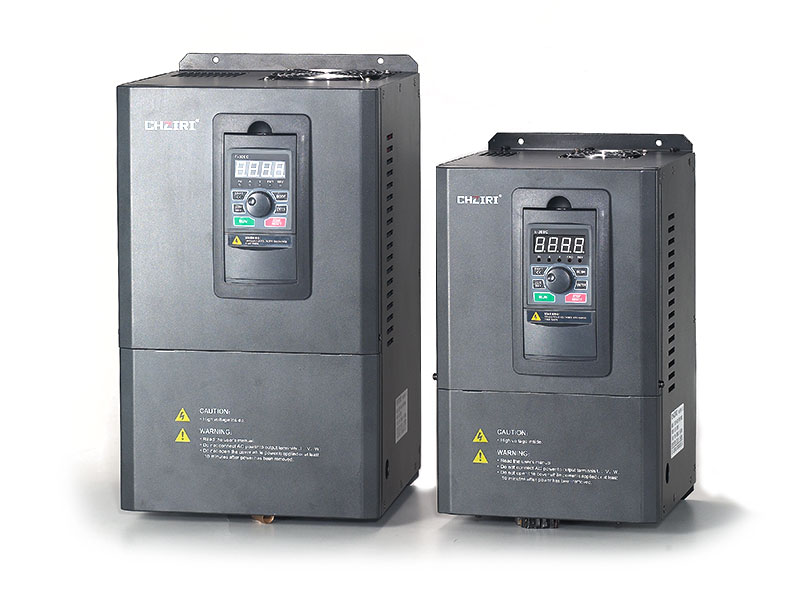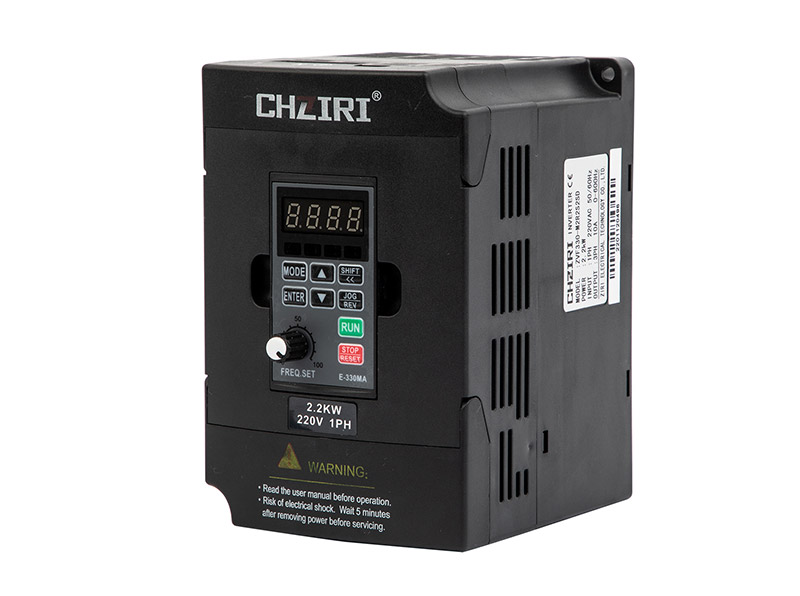How Do Soft Starters Differ from Traditional Starters in Their Working Principles?
In the world of electrical engineering, starters play a crucial role in powering up electric motors. Whether it's a small fan in your home or a massive industrial machine, a starter is the key that "turns on" the motor. Two common types of starters are traditional starters and soft starters, and understanding how their working principles differ can help you appreciate the advancements in electrical technology.
How Traditional Starters Work
Direct - on - Line (DOL) Starters
One of the most basic types of traditional starters is the Direct - on - Line (DOL) starter. Think of it like flipping a light switch in your house. When you use a DOL starter, the motor is directly connected to the power supply at full voltage as soon as the starter is activated.
Here's how it works in more detail: Inside the DOL starter, there are contactors, which are like big electrical switches. When you start the motor, these contactors close, allowing the full - voltage electrical current to flow directly to the motor windings. This sudden application of full voltage makes the motor start quickly.
However, this method has its drawbacks. Just like slamming on the gas pedal of a car when it's standing still, starting a motor with a DOL starter creates a large inrush current. This high - current spike can be several times the normal operating current of the motor. The inrush current can cause voltage drops in the electrical system, affecting other connected devices. It also puts a lot of mechanical stress on the motor and the driven equipment, such as belts, gears, and pumps, which can lead to premature wear and tear.
Star - Delta Starters
Another type of traditional starter is the Star - Delta starter. It's designed to reduce the inrush current compared to DOL starters. Imagine a motor's windings as three sets of coils. In the "star" configuration, the coils are connected in a way that reduces the voltage applied to each coil when the motor starts. This is like starting a car in a lower gear to get it moving more gently.
When the motor starts with the Star - Delta starter, it begins in the star configuration, which limits the voltage and thus the inrush current. As the motor gains speed, after a short period (usually a few seconds), the starter switches the motor's windings to the "delta" configuration. In the delta configuration, the motor receives full voltage, and it runs at its normal operating speed.
While the Star - Delta starter helps to reduce the inrush current compared to DOL starters, it still has limitations. The transition from star to delta can sometimes cause a small electrical and mechanical jolt, and it may not be suitable for all types of motors or applications that require very smooth starting.
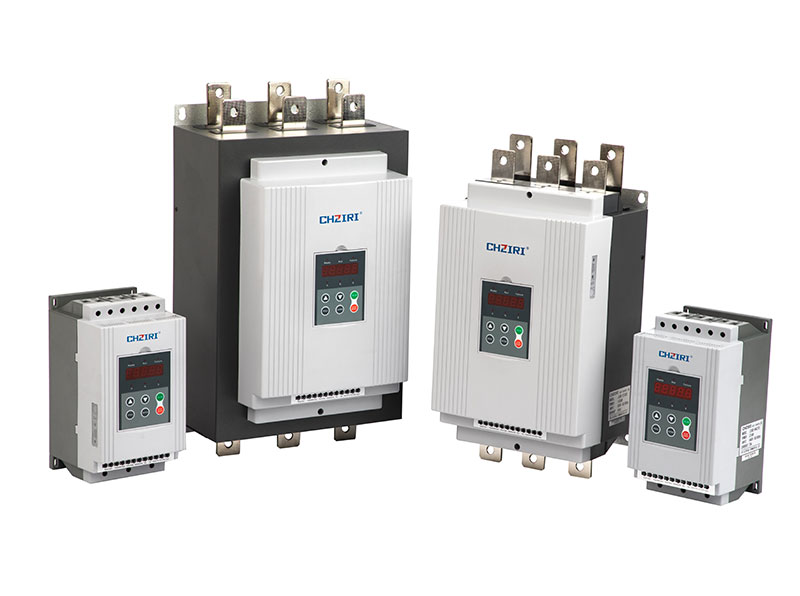
The Working Principle of Soft Starters
Soft starters, on the other hand, offer a more sophisticated and gentle way to start electric motors. At the heart of a soft starter are power electronics, specifically thyristors or insulated - gate bipolar transistors (IGBTs). These components act like intelligent valves that control the flow of electrical current to the motor.
When you activate a soft starter, it doesn't apply full voltage to the motor right away. Instead, it gradually increases the voltage supplied to the motor over a short period, which could range from a few seconds to tens of seconds, depending on the settings. This is similar to slowly pressing the gas pedal of a car to accelerate smoothly.
The soft starter controls the voltage by adjusting the firing angle of the thyristors or IGBTs. By changing this angle, it can precisely regulate how much of the electrical waveform reaches the motor. As a result, the inrush current is significantly reduced compared to traditional starters. This smooth increase in voltage and current not only protects the motor from excessive stress but also minimizes the impact on the electrical system, reducing voltage drops and preventing disruptions to other connected equipment.
Moreover, soft starters can also offer additional features. For example, some soft starters can be programmed to provide a "ramp - down" function when stopping the motor. Instead of suddenly cutting off the power, the soft starter gradually reduces the voltage, allowing the motor to slow down smoothly. This is beneficial for applications where sudden stops could cause damage to the equipment or pose safety risks.
Key Differences in Working Principles
The most significant difference between soft starters and traditional starters lies in how they control the voltage and current during the motor starting process. Traditional starters, like DOL and Star - Delta starters, either apply full voltage immediately (DOL) or use a fixed - step approach to change the voltage (Star - Delta). In contrast, soft starters provide a continuous and adjustable control of the voltage, enabling a much smoother and more controlled start - up.
Another difference is in the level of inrush current. Traditional starters typically produce high inrush currents, which can cause various problems as mentioned earlier. Soft starters, with their ability to gradually ramp up the voltage, keep the inrush current at a much lower and more manageable level.
In terms of flexibility, soft starters have a clear advantage. They can be easily programmed and adjusted to suit different motor types, load requirements, and starting conditions. Traditional starters, on the other hand, have more limited adjustability and are often designed for specific motor sizes and applications.
Conclusion
In summary, traditional starters like DOL and Star - Delta starters have been widely used for many years due to their simplicity and relatively low cost. However, as electrical systems become more complex and the need for energy efficiency and equipment protection grows, soft starters have emerged as a more advanced solution. Their unique working principle, which allows for smooth and controlled motor starting, reduces inrush current, and offers flexibility in operation, makes them an ideal choice for a wide range of applications, from small - scale industrial machinery to large - scale commercial installations. Understanding these differences helps engineers and technicians make informed decisions when choosing the right starter for their electrical systems.

